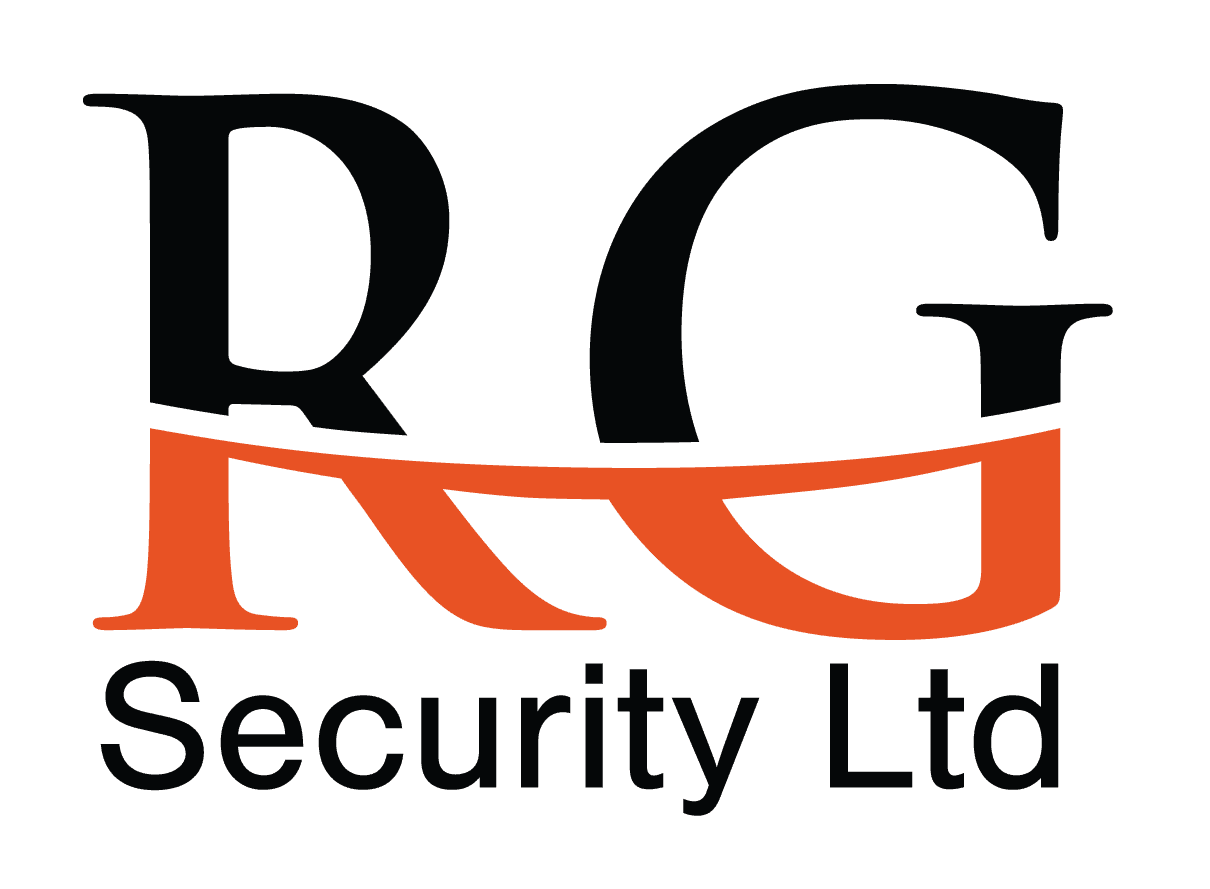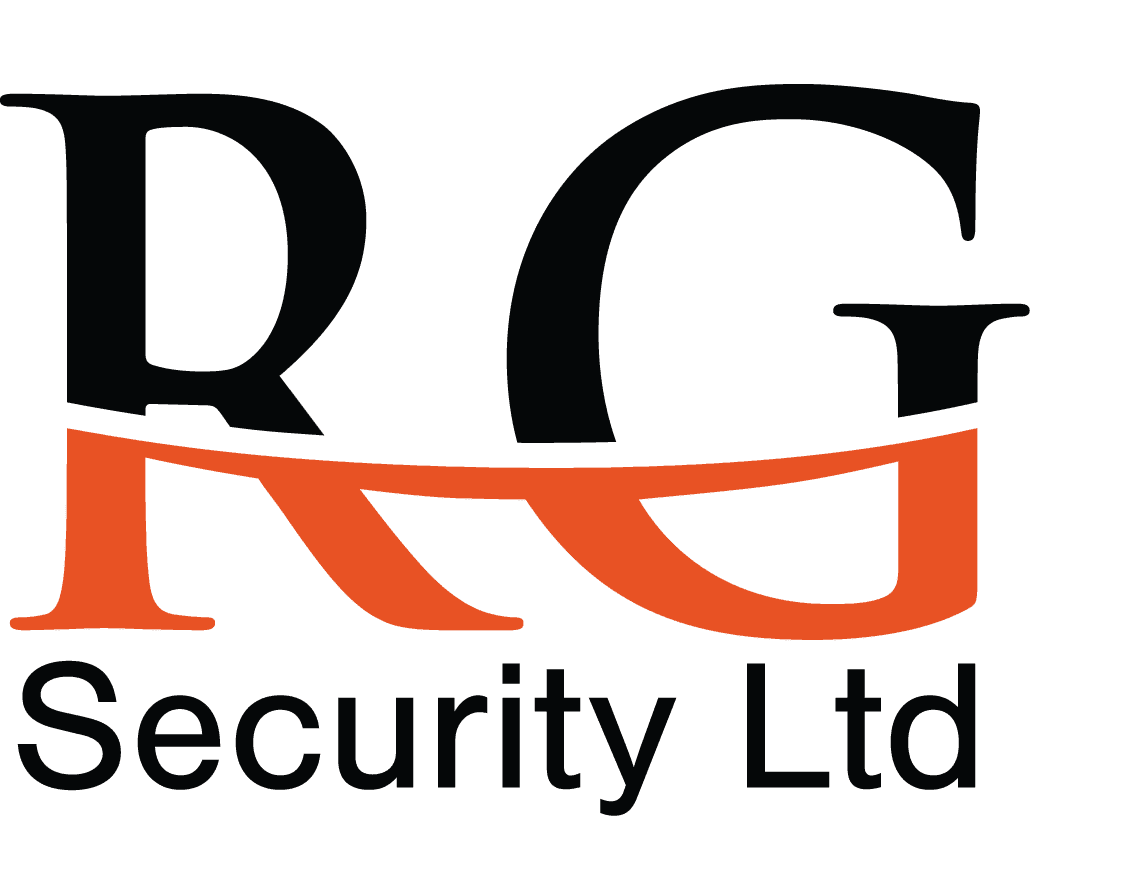According to data from the National Business Crime Centre, the fiscal year 2018-2019 witnessed over 600,000 recorded crimes against businesses. While regional disparities exist, these statistics imply that, on average, between 1 in 50 and 1 in 100 individuals could potentially experience criminal incidents targeting their workplaces each year.

Detection rates are similarly variable, but, taking the country as a whole, as many as three-quarters of perpetrators are getting off scot-free. This is definitely an instance of prevention being better than cure!
In this article, we’ll look at the 5 most common types of crime committed against businesses, and sketch out some elementary precautions.
1. Theft
Theft is a broad category, covering everything from opportunistic snatches to meticulously-planned out-of-hours raids. Events anywhere on that spectrum will be distressing, but, in business terms, the damage resulting from a targeted attack on your capital equipment is likely to outweigh that of a couple of coats disappearing from reception!
Physical security and access controls must be your primary defence in either case, but don’t neglect the various registration schemes. Thieves are much less likely to target expensive gear if they know that their attempts at selling will flash up on a police database.
2. Arson
Arson may be a staple of the soap operas, but it’s also the single commonest cause of fire in the UK. According to police statistics, every single week sees an average of 1600 deliberately-started fires.
As any security professional will advise you, controlling waste is the single most effective way to minimise arson risks. Avoid rubbish build-up and keep your bins locked in a secure compound at a distance from the main building.
Site access controls and the installation of a CCTV system can also contribute.
3. Vandalism
Vandalism is casual and opportunistic by nature, but its consequences can be as destructive as those of burglary. They include expensive repairs, business interruption, damaged customer relations and – perhaps worst of all in today’s climate – increased business insurance costs.
Limiting access to your site is always a good idea, but, since vandalism will usually be directed against the outside of your premises, changing the locks or issuing new smartcards may not be enough. If vandals present a serious threat to your business, a visible security presence is likely to be the only effective deterrent.
4. Employee crime
While simple pilfering remains a problem for some businesses, the wave of white collar crime which has accompanied the rise of the internet is more pressing. Can you be sure that the PII you’re sharing with your employees won’t be used for insider trading, fraud or bribery? Potential employee crime scenarios include revenge by disgruntled former workers, and ‘inside jobs’ by staffers leveraging their knowledge of your location and processes.
Enhanced IT security can mitigate such risks via increased traceability, but physical security measures like video cameras and fingerprint recognition systems also have a role to play.
5. Workplace violence
Security professionals, who have traditionally maintained a focus on external threats, are increasingly being called on to de-fuse tensions between staff and visitors or between colleagues. While the risk of intra-workforce violence is real, the worst threats emerge where staff must interact with strangers, and public-facing roles like those of NHS staff and sales personnel are the most at risk.
Since employers have a legal responsibility to provide a safe working environment for their workers, we’d recommend that any organisation requiring its staff to engage with the public to review its working practices with a security professional.
RG Security has a strong track record in the provision of physical security, but we’re also increasingly involved in non-physical security measures. If this article has alerted you to potential gaps in your security provision, we’d be delighted to discuss solutions.

